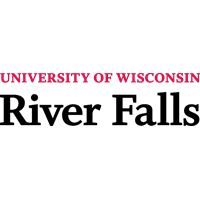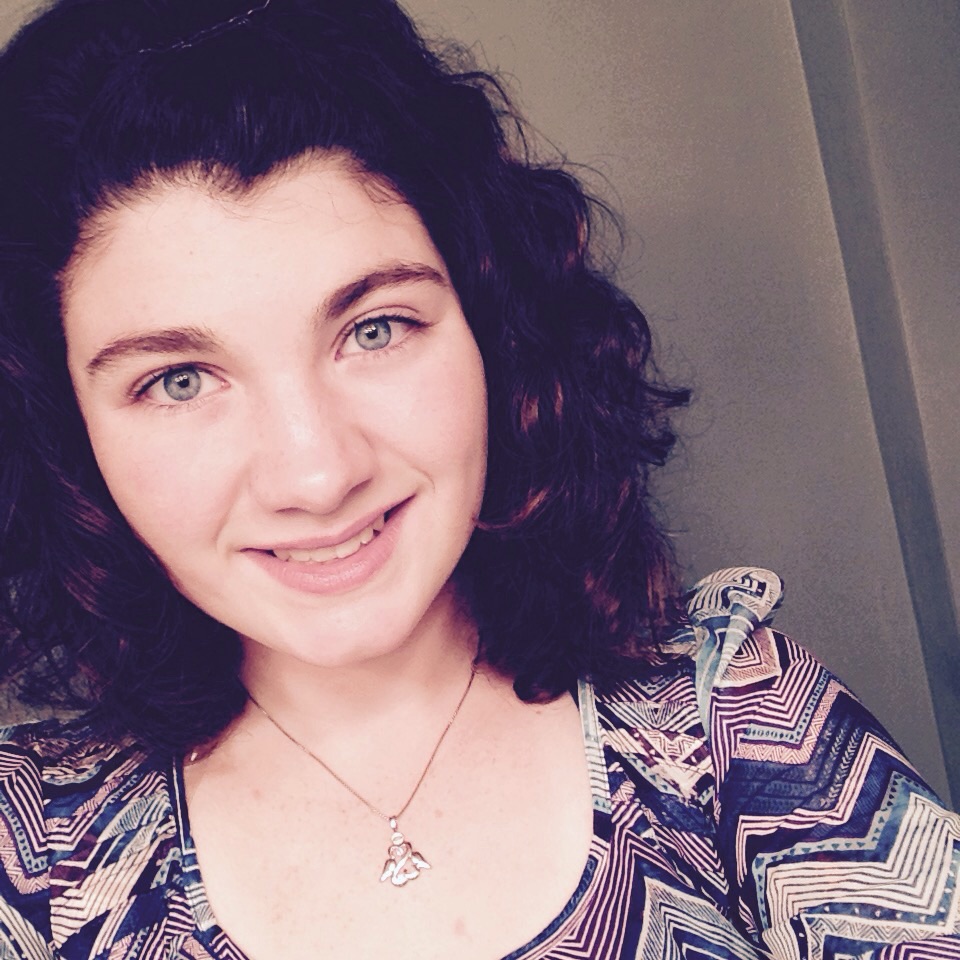Below is a summary of the abstract you submitted. Presenting author(s) is shown in bold.
If any changes need to be made, you can modify the abstract or change the authors.
You can also download a .docx version of this abstract.
If there are any problems, please email Dan at dar78@pitt.edu and he'll take care of them!
This abstract was last modified on May 1, 2015 at 11:06 a.m..

Students in the UWRF Phage Hunters courses set out to isolate phage from Rhodococcus erythropolis (formerly Rhodococcus globerulus). We used the standard M. smegmatis soil enrichment protocol, substituting LB broth with 4.5 mM CaCl2 and culturing at 30o C. We also tried a soil extract method, and tested enrichment culture times from 2 to 5 days. Only four soil samples out of more than 80 samples tested yielded phage. The positive samples included garden compost, riverbank and field soil. Several phages were isolated from these samples, and we obtained DNA sequences for six phages (Krishelle, AppleCloud, RexFury, Alatin, Naiad, StCroix). All are very similar to each other at the genome level, and are closely related to Rhodococcus phage RER2, isolated in Queensland, Australia, as well as to many of the Rhodococcus phages isolated at other SEA-PHAGES schools. They have genome sizes between 46,300-46,700 bp, with 68-70 orfs. This nucleotide similarity was surprising, since the plaque morphologies exhibited by these phages varied. Alatin produced much smaller plaques than the others. StCroix produced turbid plaques, though it differs by only 2 nucleotides from Naiad, which yielded larger, clear plaques. One of these nucleotide differences is located in a possible repressor protein gene. Preliminary results of temperature range testing suggest that some of the other phages yield turbid plaques when cultured at 37o C. Each of these phage genomes appears to encode an integrase and excisionase, and we have recovered putative lysogens from Naiad, Krishelle and Applecloud. Preliminary immunity testing suggests that these phages may not all be homoimmune despite their genetic similarity. Host range testing revealed that these phages do not multiply in M. smegmatis, even though they share significant sequence identity with cluster A Mycobacteriophages. However, they are able to lyse Corynebacterium xerosis at a titer similar to that seen in R. erythropolis. Additional research projects include analysis of phage structural proteins by SDS-PAGE and characterization of the repeat sequences observed in these genomes. We also are trying to optimize the phage isolation procedures, based on information provided by other SEA-PHAGES schools participating in the Rhodococcus phage pilot, including a comparison of different culture media and CaCl2 concentrations. PCR primers are being designed that will identify phages in the RER2-like group. Results of these experiments are still pending, but we anticipate that they will yield information that will enhance our ability to isolate Rhodococcus phage, and contribute to our understanding of the biology of this new group of phage.


